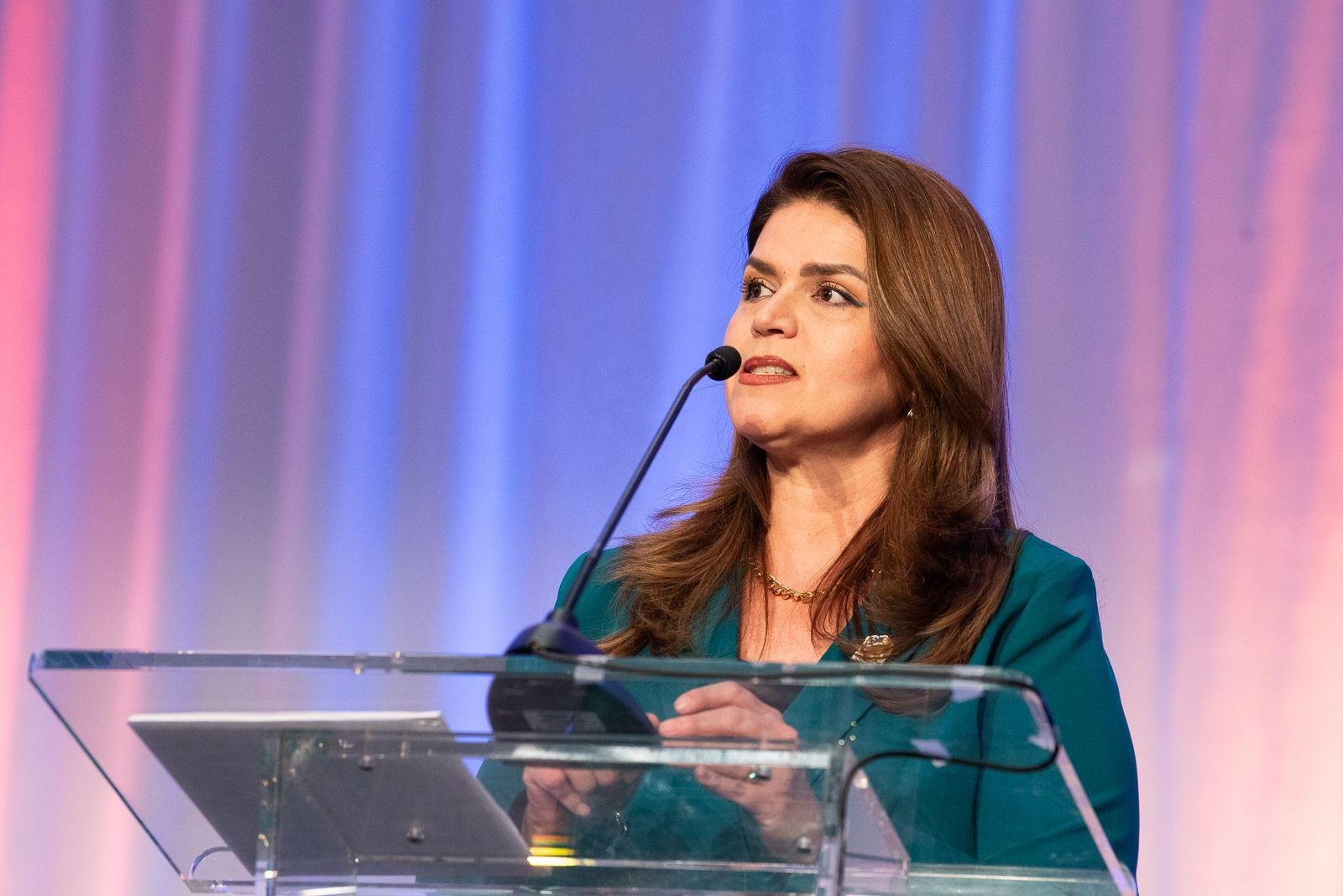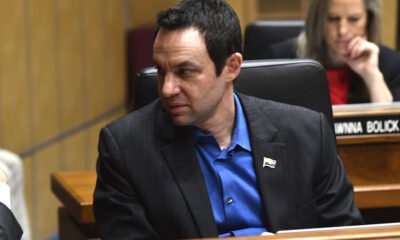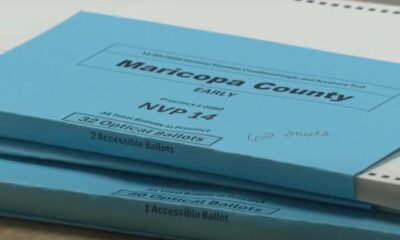Business
Tucson Voters Face Critical Decision on New Half-Cent Sales Tax with Prop. 414

Tucson will have the opportunity to influence local funding through the upcoming Prop. 414, known as the Safe & Vibrant City Initiative, during the election set for March 11. Ballots will be distributed to voters by mid-February in this all-mail election.
The initiative proposes a sales tax increase of half a cent per dollar aimed at enhancing funding for police and fire departments, as well as addressing homelessness and drug rehabilitation programs. It intends to build community resilience with investments in job training, preschool scholarships, and home down-payment assistance, among other important initiatives.
Mayor Regina Romero emphasized the significance of this tax, predicting it could generate around $80 million annually for the next decade. “This initiative is an investment in ourselves,” she stated, highlighting its potential to disrupt local poverty cycles and expand affordable housing efforts throughout Tucson.
Projected allocations from the initiative over ten years include:
- $246 million for remodeling police and fire stations and purchasing new equipment.
- $182 million to enhance emergency response with increased staffing and resources.
- $140 million for affordable housing and shelter programs.
- $134 million dedicated to reducing violent crime and improving community services.
- $98 million for vital public safety technology upgrades.
The proposal has sparked some dissent. The Pima County Republican Party has voiced concerns, with Chair Kathleen Winn asserting that the city has mismanaged funds in the past. “Giving city officials more money to spend is the definition of insanity,” she commented.
Meanwhile, the Metro Tucson Chamber expressed skepticism about the sales tax hike. CEO Michael Guyman acknowledged the pressing need for addressing crime and homelessness but suggested alternative strategies that wouldn’t burden families and businesses financially.
Support for Prop. 414 is being organized by local business leaders, including Pat DeConcini of 4-D Properties, who believes the increased funding will ultimately benefit businesses by enhancing public safety and addressing issues like petty theft. He highlighted significant cost increases related to theft at his properties in recent years.
DeConcini pointed out that the initiative allocates funds for programs targeting the increasing living costs. Initiatives include $1 million annually for preschool scholarships and additional funds for workforce development and housing assistance. Furthermore, $5 million will be directed to opening a Sobering Alternative Facility for Recovery, which aims to assist individuals with addiction issues.
Opposition to the proposition is not without its advocates, particularly among those concerned about homelessness. Critics argue that the majority of funding is disproportionately allocated to public safety instead of direct services for the homeless population. Liz Casey, an organizer of the anti-Prop 414 movement, highlighted that only 17.5% of the funds would aid housing services, underscoring a critical need in the community.
While the opposition isn’t formally registered as a political action committee, members express urgency in campaigning against the proposal, fearing increased financial strain on low-income residents amidst rising living costs. April Putney, a graduate student in urban planning, echoed these sentiments, questioning the necessity of tax increases for new equipment at a time when many residents already struggle to make ends meet.
On the other hand, various community service leaders support the initiative, advocating for its potential to address pressing issues in Tucson. They assert that the funding could significantly enhance emergency services and housing needs, thus improving overall community well-being.
Voter registration for the upcoming election closes on February 10, with early ballots to be mailed starting February 12. If Prop. 414 is approved, Tucson’s sales tax will increase to 9.2%, impacting overall consumer prices.

















